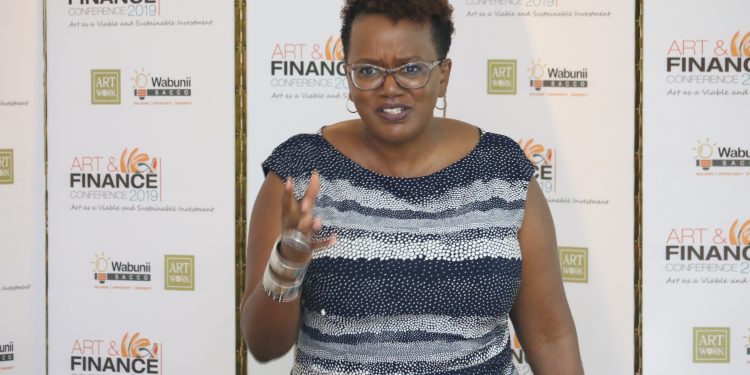Stakeholders in Kenya’s financial, regulatory, and government sectors have pledged full support to build structures, institutions and value chains that will allow artists tell their stories to the world through Visual Art.
The country is increasingly getting recognised as the art hub for the African market, providing an optimal opportunity for investors to capitalise into the largely untapped market.
Africa contributes less than 0.5 per cent of global art sales, which was valued at $50 billion in 2017. The demand for Modern and Contemporary African Art has been growing, with a number of auction houses predicting that it will be the next big thing in the next 5 years.
Wabunii Sacco Chief Executive Officer, Roy Gitahi, says that if well harnessed, the art market is a key ingredient in create jobs, spur innovation growth, and boost overall health being of Kenyans and its economy.
Being young, most Kenyan artists do not have the opportunity to pursue loans against their creations. “The thank the government for passing the Immovable Properties Act, giving artists opportunity to borrow loans against their paintings,” added Mr Gitahi.
Walter Mong’are Senior, Deputy Director, Youth Programs, in the Presidency, said the government has enough policies set aside to support the youth and creative. “There are enough and credible policies and frameworks supporting art. The question is how proactive are we in implementing the policies,” he said.
The Kenya National Bureau of Statistics (KNBS) has been tasked to carry out a census including details on artists in the country. “Their works will be documented by the Ministry,” said Director of Culture, Dr Kiprop Lagat.
In this regard, Kenya will host its inaugural conference to discuss art and finance on 28th and
The Conference will bring together local and international



